What are the different rowing machine types?
There are several different rowing machine types, but which one is right for you?
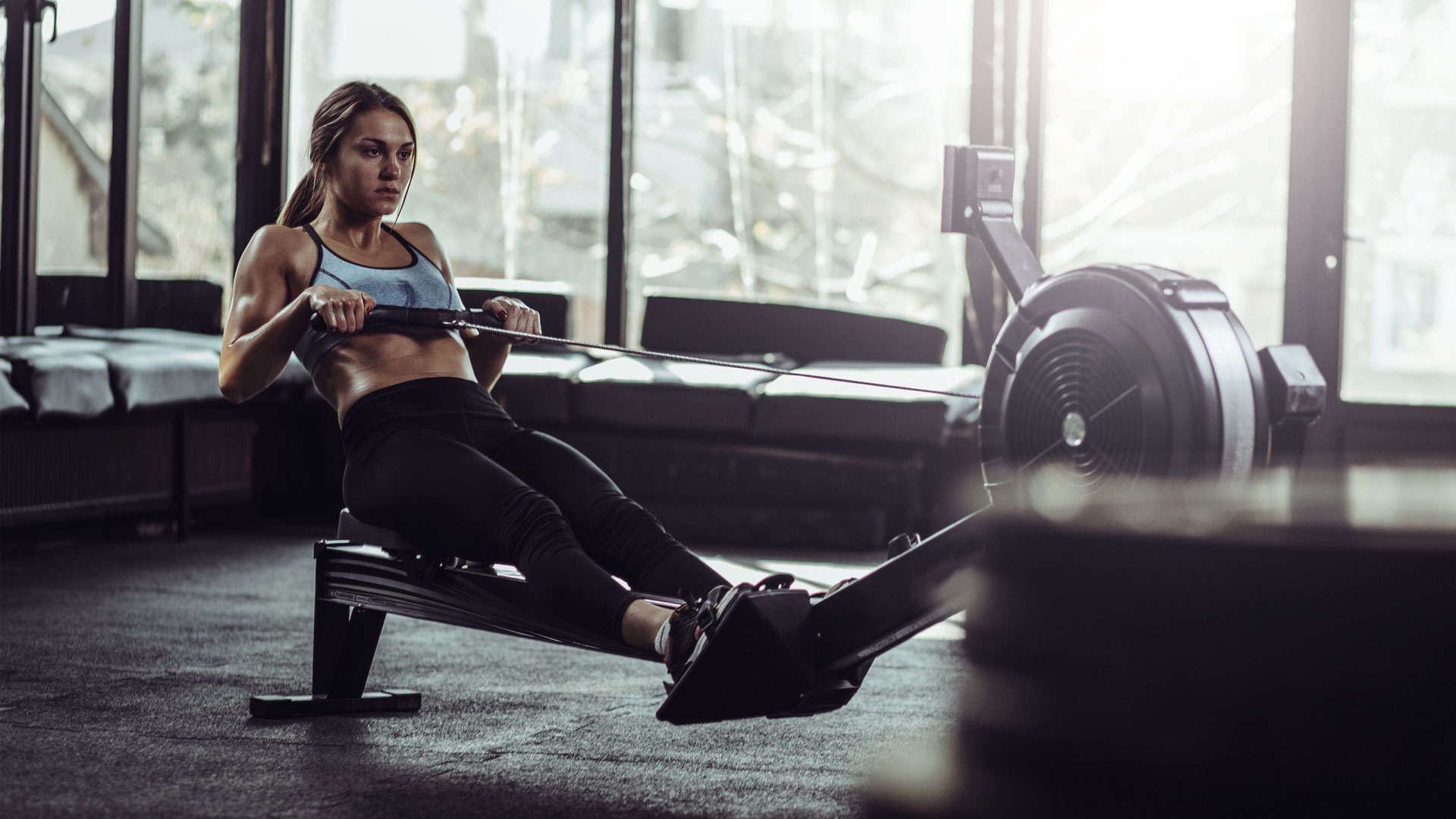
There has been a huge variety of rowing machine types that have emerged ever since the first rowing machine was patented nearly 150 years ago, each one aiming to provide a better experience for the user.
Some rowing machines are all about simulating the experience of rowing on the water, whereas others are focused on giving the most powerful workout. In recent years, technological and digital advances have meant that fancy software has been added to many of the best rowing machines, improving their efficiency and versatility.
Before you invest in a rowing machine, however, it’s important to know what features you ought to be looking out for - the price is just one of many considerations! You should also bear in mind what your aim is when using the rowing machine – do you want to know how to get fit generally, or are you looking to learn how to use a rowing machine to lose weight?
In this article we explain the six different rowing machine types, looking at what they do, how they differ from each other, and what are the pros and cons of each one.
The main rowing machine types
There are four main rowing machine types, each one using a different type of resistance, and all with different advantages and disadvantages.
Air resistance rowing machines
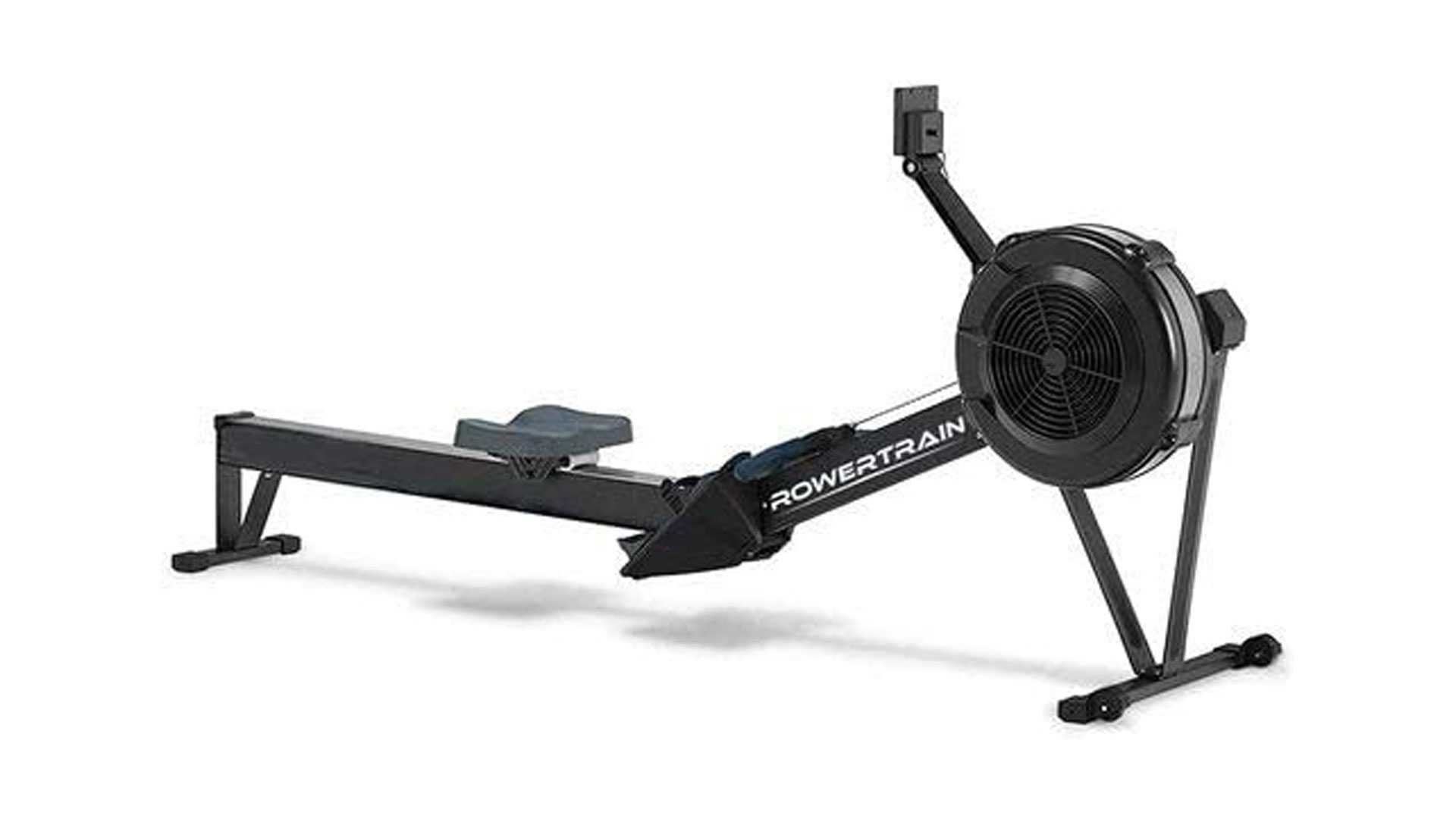
This rowing machine type has dominated the market for many years. The first, involving a bicycle wheel attached to a chain (the original Concept2 Model A), was developed in the early 1980s.
Characterized by a flywheel, resistance is provided by air passing through the slats of the wheel. They are popular amongst rowers around the world, especially as the most popular, the Concept2, has a standard measurement or “split” used in indoor rowing competitions. If you want a great example check out our Concept2 RowErg review.
Advantages:
- They tend to provide a smooth action
- The resistance is usually adjustable
Disadvantages:
- The noise of the flywheel can be loud
Water rowers
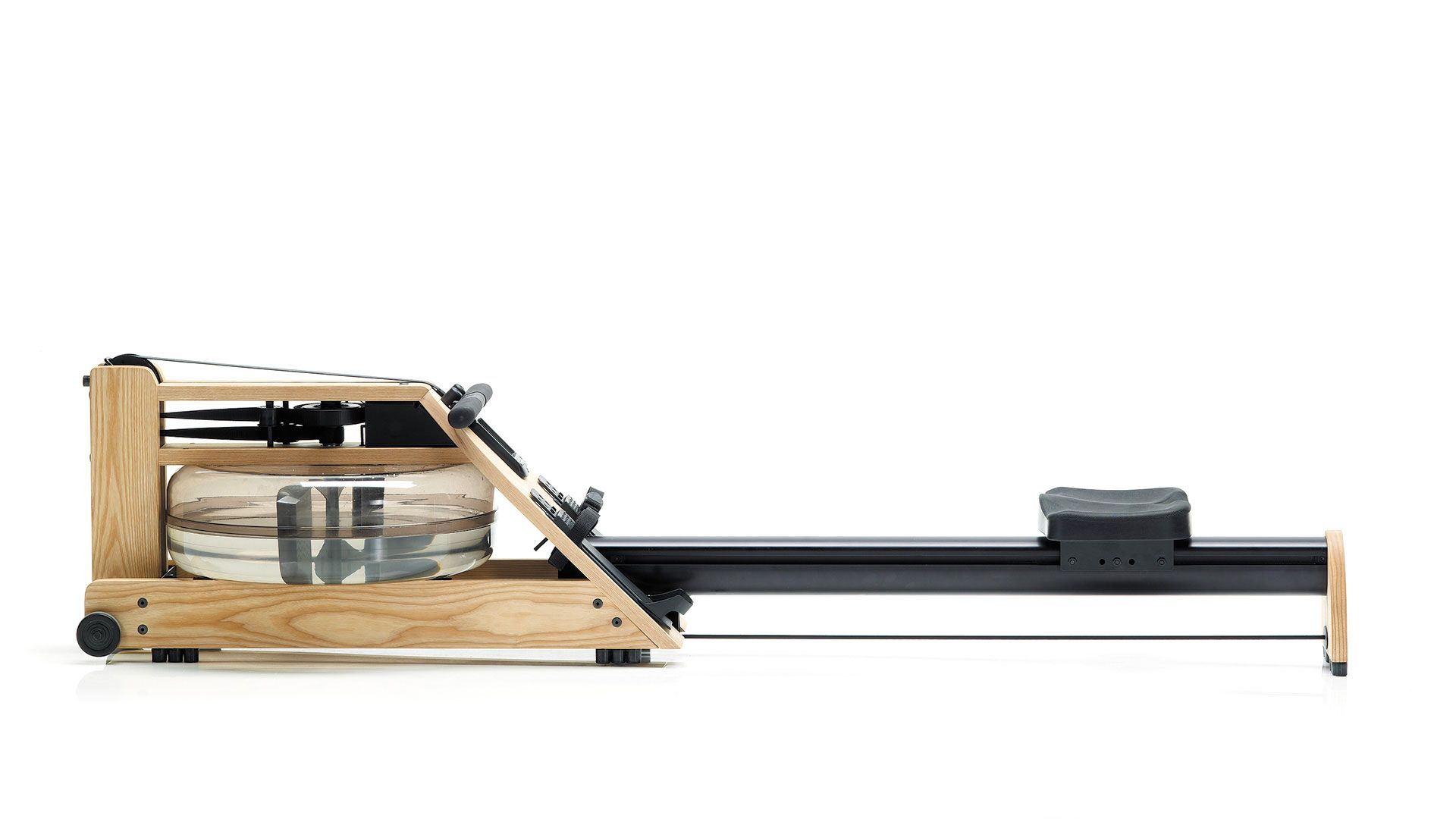
Water rowing machines, which have grown in popularity in the last decade or so, feature a round drum filled with water, which provides resistance as well as an enjoyable whooshing sound.
They are often attractive machines (you’ll see some made from beautiful solid wood), but are large and don’t fold up or split in two.
Advantages:
- They replicate the motion of rowing
- Many users love the sound of the water
Disadvantages:
- Because of the water, they’re heavy and they take up a lot of space
- They tend not to have adjustable resistance
Electromagnetic rowing machines
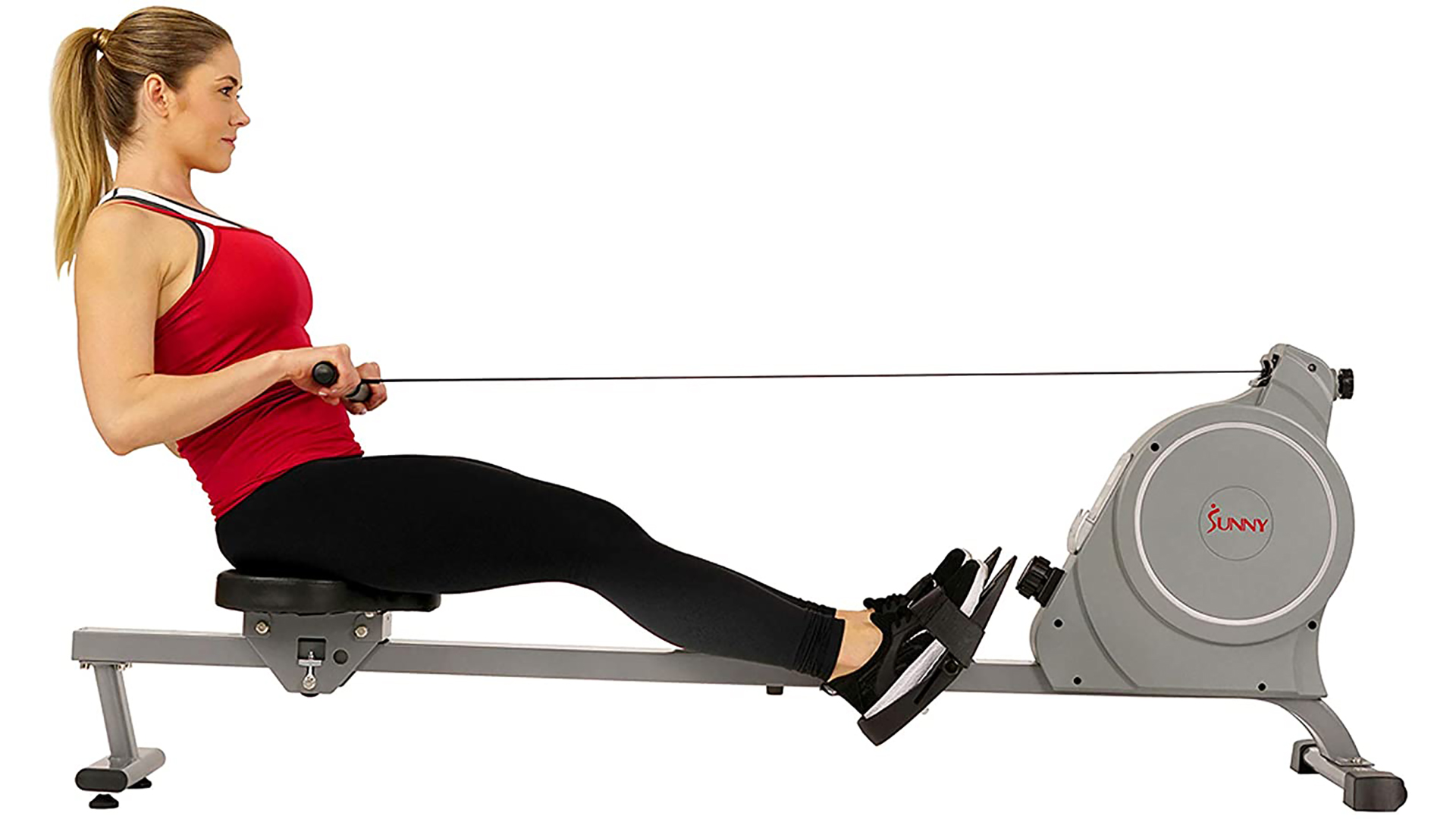
Magnetic rowing machines are becoming more and more popular, both in gyms and in private homes. The resistance, which is usually adjustable, is provided by a series of magnets.
Advantages:
- They tend to be quiet
- They are often smaller than other rowing machines
- There are many cheaper versions for people on a limited budget
Disadvantages:
- Rowers will say the motion is very different from the feel of a boat on the water
- Some magnetic machines are not very robust
Hydraulic rowing machines
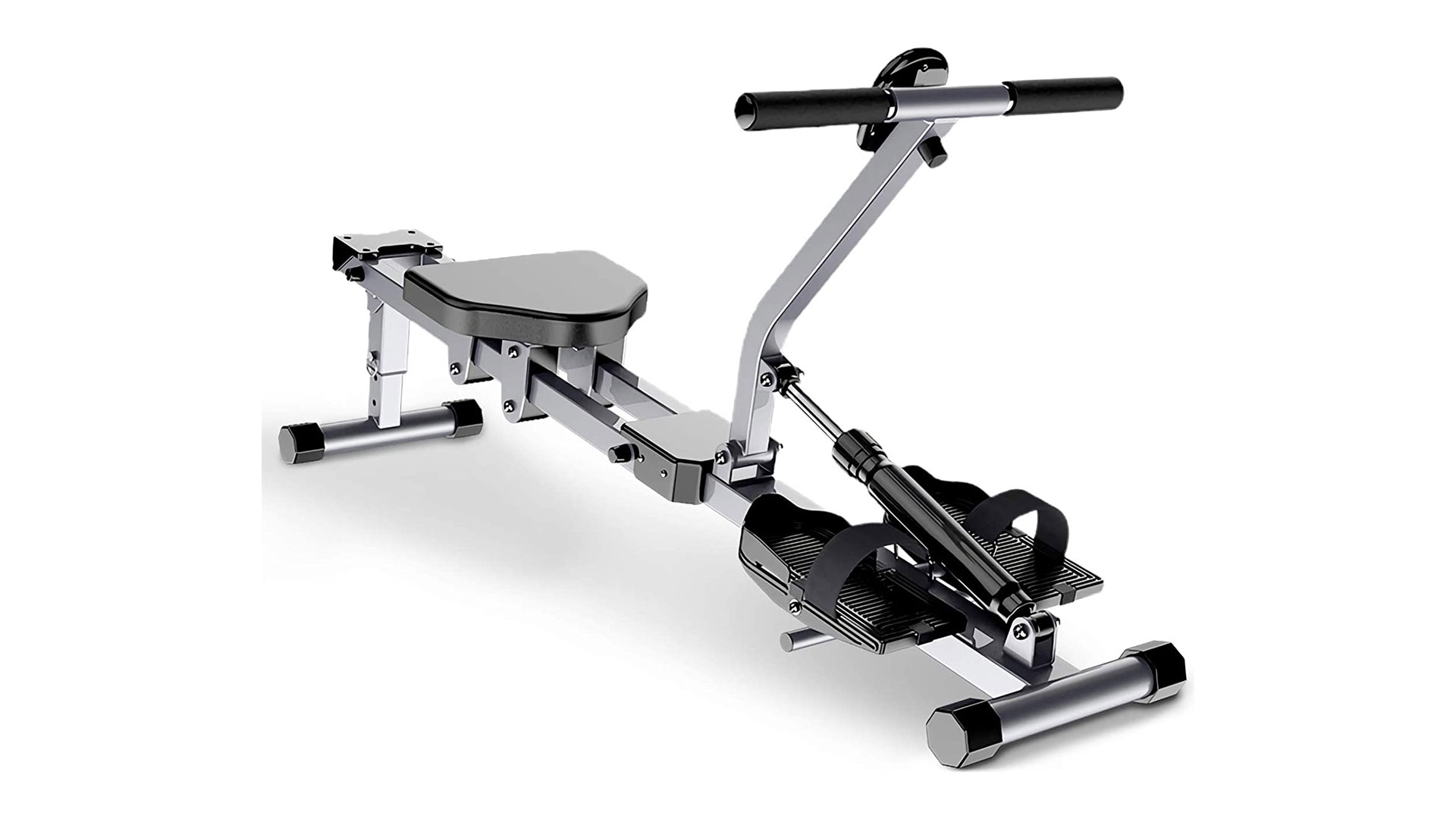
Most of the early rowing machines were hydraulic rowing machines (there was even a hydraulic rowing machine in the gym on the Titanic!) The resistance is provided by pistons attached to the handles.
They usually have two handles rather than one, which manufacturers often say replicates the rowing motion, although rowers sometimes disagree on this!
Advantages:
- There are plenty of budget options
- They are generally quieter than air and water resistance machines
Disadvantages:
- Some people find the motion of the dual handles uncomfortable
- Over the course of a longer workout, the fluid in the system may heat up, decreasing the resistance
What are the different rowing machine types: Other rowing machine types
There are some variations on the main four rowing machine types. Dynamic rowing machines are designed to create an experience as close to the motion of rowing on the water as possible. Whereas with most rowing machines, the body moves up and down a slide or monorail, with the dynamic rowing machine it is the feet that move, with only minimal body movement. Many fans report that they experience fewer back problems with the dynamic rowing machine.
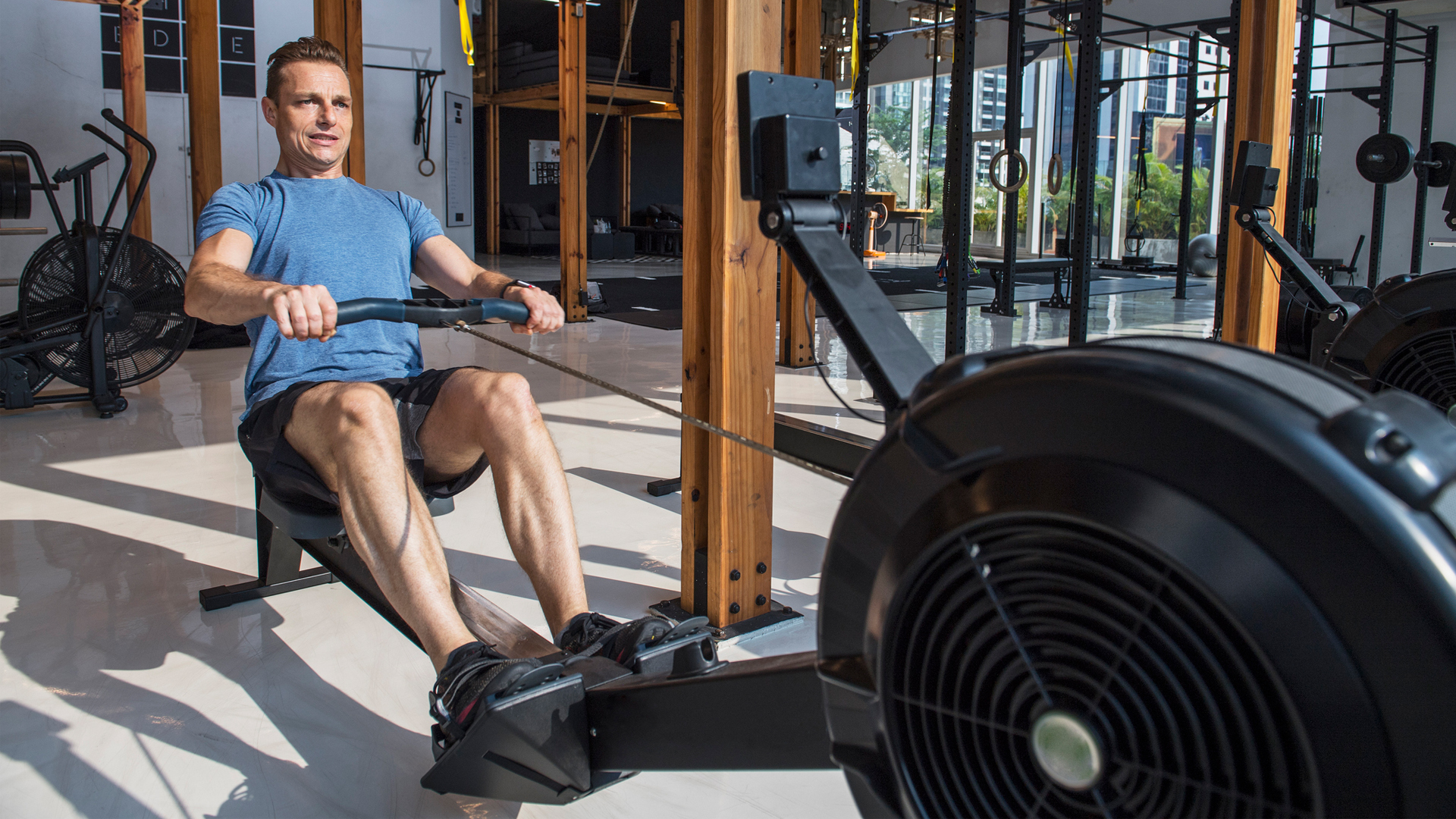
Digital resistance rowing machines are coming on the scene, usually in machines that are part of an online program. Alongside traditional resistance (such as air resistance), the resistance can be digitally altered, even remotely by an instructor.
- Related: Rowing Machines vs Treadmills
What are the different rowing machine types: other features to look out for
Price: There’s a huge variety in cost, from a few hundred dollars up to thousands. It’s worth shopping around to find the best deals.
Comfort: Some rowing machine types provide a more pleasant ride than others. Pay attention to how comfortable the seat is. If you’re particularly tall, be sure to choose one that allows you to extend your legs fully and take a full stroke.
Ease of assembly: Not all rowing machines are easy to assemble - they can involve many parts and complicated instructions. For a stress-free installation, find out how easy it is to assemble and whether any help is provided in installation.
Technology: The digital age has brought rowing machines with a range of technological capabilities, from basic bluetooth (that can, for example, pair with an app on your phone or your heart rate monitor) to fabulous graphic displays, apps and a program of live online classes.
Nearly all modern rowing machines have a monitor or screen providing data - these range from basic stats like strokes per minute to elaborate touchscreens with state-of-the-art graphics. As a minimum, check that you can read the display clearly (you may want a backlit one) and that it provides the kind of information and feedback you need.
Watch out for expensive memberships that can bump the price up significantly; you may be able to find cheaper options such as apps and groups on social media that provide the same community experience and graphics for a fraction of the price.
Competition-friendliness: If you’re interested in competing in indoor rowing tournaments, you’ll want a rowing machine that shows your split (usually shown as time taken to row 500m). The standard machine used in most competitions is the Concept2 so if you’re serious about your indoor rowing that may be the one for you.
Durability: There can be a large variety in robustness and durability in different rowing machine types. Some come with comprehensive aftercare and readily available spare parts. It may be worth investing a little more to ensure your machine is still functioning well in years to come.
Sign up for the Live Science daily newsletter now
Get the world’s most fascinating discoveries delivered straight to your inbox.
Patricia Carswell is a freelance journalist specializing in health and fitness. She has written for a huge variety of national newspapers, magazines and websites, including Healthy, Top Santé, Women's Fitness and fitandwell.com, and writes a monthly column for British Rowing's content hub. She's the founder and host of rowing blog and podcast, Girl on the River, where guests have included Sir Matthew Pinsent and multiple Olympian Frances Houghton MBE. She keeps fit by rowing, walking, and wild swimming, and is at her happiest when on or in the water.











